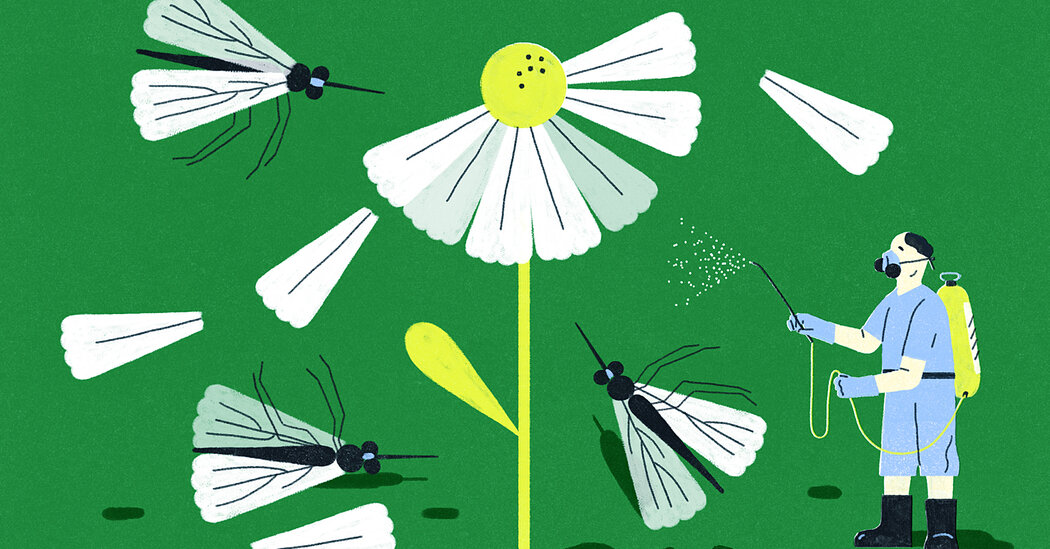But before you toss out your personal supply or refrain from stocking up on pyrethroid-containing products to protect yourself, your family and your pets from hazardous pests, consider the full implications and limitations of the new findings and the trade-offs involved in avoiding these valuable insecticides.
In a commentary in the journal, two experts at the Columbia University Mailman School of Public Health cautioned against overinterpreting the results of the new study and leaping to potentially unwarranted conclusions about the long-term safety of pyrethroids. Steven D. Stellman, an epidemiologist, and his wife Jeanne Mager Stellman, a health policy expert, pointed out that the participants were relatively young — aged 20 to 59 — when they entered the study and supplied samples of their blood and urine. When the study ended, they were, on average, 57 years old, a rather young age for measuring cardiovascular deaths, the commentators noted.
“Other than cigarette smoking, few, if any, chemical exposures are known to trigger a threefold increase in the risk of death from heart disease, especially in persons younger than 60 years,” the doctors wrote, adding that other, as yet unknown, factors could account for the increased risks the study found.
Indeed, many public health scares from observational studies have turned out to be false leads when studied more thoroughly. A classic example was an alarming report in the 1990s of an increased incidence in breast cancer among women living on Long Island, N.Y., that some blamed on exposure to persistent environmental chemicals like DDT and PCBs.
However, Dr. Steven Stellman told me, about 30 subsequent and more thorough studies found no evidence that linked the chemicals to breast cancer on Long Island. “It’s important to know if the scientists reporting the results of observational studies have an agenda,” he said.
Dale Sandler, epidemiologist at the National Institute of Environmental Health Sciences, said the pyrethroid report is intriguing and should prompt other researchers to look into their own data. “But the study was small, it couldn’t account for a lot of possible factors like where people lived, the participants were young, and only one biomarker was measured, so the findings are difficult to interpret,” Dr. Sandler said in an interview.
In other words, one study does not a fact make, not then, now or in the future. The Iowa team itself concluded, “Further studies are needed to replicate the findings and determine the underlying mechanisms.” It is possible, they wrote, that “pyrethroid exposure occurs simultaneously with exposure to other common pesticides” or that other unmeasured or unrecognized factors account for the findings.
[ad_2]
Source link


